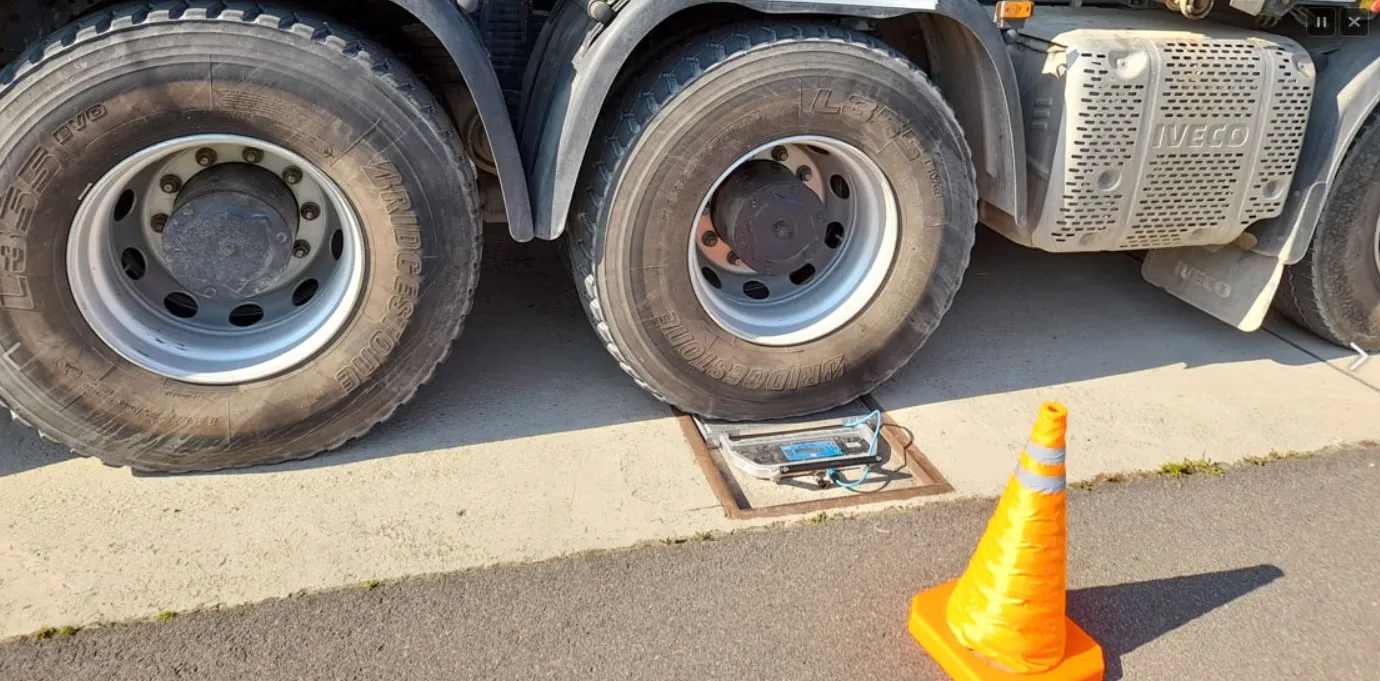In the coming months, a modern, fully digital truck weighbridge will be installed on the A4 between Aachen and Cologne, one of Germany’s key routes connecting important ports with a logistics hub. This is the first step in a nationwide pilot project by BALM (Federal Office for Logistics and Mobility) and Autobahn GmbH, the German highway operator, to help protect road infrastructure from the effects of overloading.
Complete blockade of the A4 during the weekend
This weekend, the A4 motorway towards Cologne will be completely closed between the Langerwehe and Düren exits. The road closure will last from Friday, July 18, 10 p.m. to Monday, July 21, 5 a.m. During this time, cables necessary for the operation of the new inspection station will be installed. Drivers are advised to use a detour via the A44 and A61 to avoid the impassable section of road.
Further reading: This mistake could cost your haulage business €5,000. And Germany’s not messing around
The first of a dozen stations
The increase in truck traffic and vehicle overloading pose significant challenges to road surfaces, especially bridge structures, on German highways. New digital truck weighing systems are designed to reduce the impact of overloaded vehicles on infrastructure. The station at the Rur-Scholle-Süd parking lot near Düren is the first of 16 such installations planned across Germany. According to BALM, the new system on the A4 will be operational in early spring 2026.
How does modern control work?
Special measuring strips will be built into the roadway. When an overweight truck passes over them, the driver will receive a message on an electronic display, instructing them to pull into a parking lot. There, the vehicle will be accurately weighed on a separate weighing lane. If overloading is confirmed, the vehicle will be prohibited from continuing its journey, and the driver will be fined.
Strategic location and investment costs
The selection of the A4 section between Aachen and Cologne is no accident—it’s one of the main transport corridors, where large volumes of goods are sent from the ports of Antwerp and Rotterdam. Germany’s largest rail container terminal, Cologne-Eifeltor, is also located nearby.
The Czech Republic is accelerating its weighing process.
The network of dynamic weighing scales (WIM – Weigh-in-Motion) on our neighbour’s highways is rapidly expanding. Ten new units were launched in June of this year, and more will be on the roads before the end of the year. According to the Czech Ministry of Transport, a total of 31 such installations are expected to be operational by December 2025 – both in test and operational mode.
Czech Transport Minister Martin Kupka emphasises that the system operates on two levels: as a tool for selecting vehicles for inspection and, in a more advanced form, as an automated penalty system. Exceeding the permitted weight can result in a fine of up to 9,000 CZK (approx €366.72) for every tonne or part thereof. The vehicle owner is financially responsible, and the revenue from fines is shared among municipalities, regions, and road operators, which is intended to increase local support for the system.
WIM technology allows for weight and axle load measurements without stopping the vehicle, and data from the systems is sent directly to the police or transport authorities. Most scales are located in the Prague area, where traffic volume is highest.









